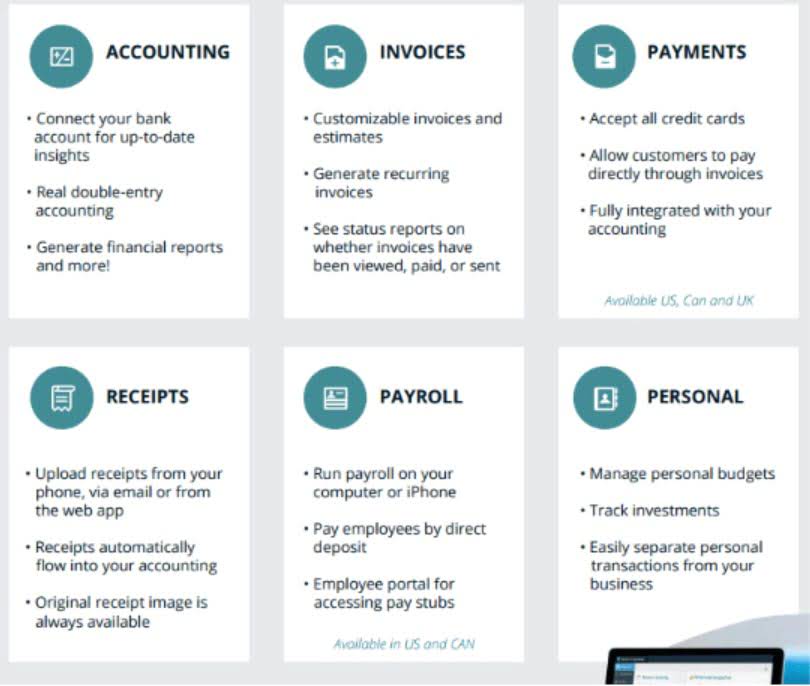Content

Stock A is classified as available-for-sale and is worth $10 per share. At the end of the accounting period, A is worth $15 and B is worth $40. A gain equal to $5 per share of stock A would be recorded in the other comprehensive income account in the equity section of the company’s balance sheet. The marketable securities account on the asset side of the balance sheet would also increase by that amount.

Mark to market will adjust the value of assets held on a balance sheet or in an account based on the current market value of those assets. Mark to market differs from historical cost accounting, which simply records the value of the asset as the amount paid. That value doesn’t change until the company decides to write down the value or liquidate the asset.
Your assets are protected at Schwab.
For commercial banks and other types of financial services companies, some asset classes are required to be recorded at fair value, such as derivatives and marketable equity securities. For other types of assets, such as loan receivables and debt securities, it depends on whether the assets are held for trading (active buying and selling) or for investment. Loans and debt securities that are held for investment or to maturity are recorded at amortized cost, unless they are deemed to be impaired (in which case, a loss is recognized).

On April 9, 2009, FASB issued an official update to FAS 157[35] that eases the mark-to-market rules when the market is unsteady or inactive. Early adopters were allowed to apply the ruling as of March 15, 2009, and the rest as of June 15, 2009. The 2008 and 2009 financial crisis sent the equity and real estate markets into free fall.
Starting early with your investments when it comes to retirement planning means that over time, you can get the benefit of:
It is done in order to hedge against the trend of falling commodity prices in the current markets. When compared to historical cost accounting, mark to market can present a more accurate representation https://kelleysbookkeeping.com/independent-contractor-agreement-for-accountants/ of the value of the assets held by a company or institution. It is because, under the first method, the value of the assets must be maintained at the original purchase cost.
Is mark-to-market allowed?
Suffice it to say, though mark-to-market accounting is an approved and legal method of accounting, it was one of the means that Enron used to hide its losses and appear in good financial health.
The mark-to-market process involves calculating the difference between the contract’s entry price and the contract’s current market price and settling the profit or loss in the trader’s account. This is done to ensure that traders have enough margin in their Zerodha account to cover the potential losses from their open positions. Mark to market (MTM) is an accounting method whereby assets and liabilities are recorded at their current market value. In other words, if a company had to liquidate its assets and pay off all its debts today, mark to market accounting would give you an accurate picture of how much it would be worth. It’s also used in valuing accounts holding financial instruments like futures and mutual funds. Once a futures contract’s final daily settlement price is established the back-office functions of trade reporting, daily profit/loss, and, if required, margin adjustment is made.
Understanding Mark-To-Market Losses
For a financial derivative example, consider two counterparties that enter into a futures contract. The contract includes 10 barrels of oil, at $100 per barrel, with a maturity of 6 months. At the end of the next trading day, the price Accounting Services and Bookkeeping Services Outsourced Expertise of oil is $105 per barrel. The trader in the long position collects $50 ($5 per barrel) from the trader in the short position. For an accounting example, consider a company that has passive investments in two stocks, A and B.
- An example would be to apply higher discount rate to the future cash flows to account for the credit risk above the stated interest rate.
- This can become a downward spiral that further fuels the economic crash or recession, as it did in the 1930s and in the recent subprime mortgage crisis.
- Its banking subsidiary, Charles Schwab Bank, SSB (member FDIC and an Equal Housing Lender), provides deposit and lending services and products.
- Further information on each exchange’s rules and product listings can be found by clicking on the links to CME, CBOT, NYMEX and COMEX.
- If the market values of securities in a portfolio fall, then mark-to-market losses would have to be recorded even if they were not sold.




